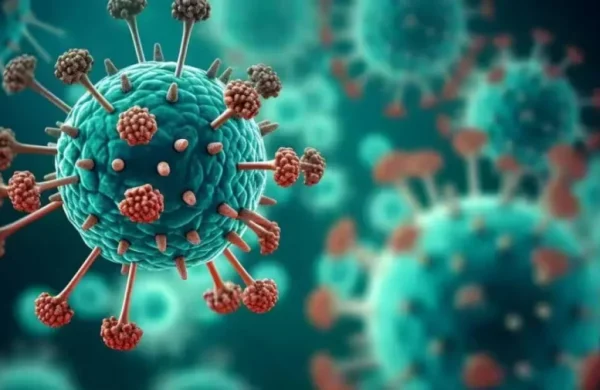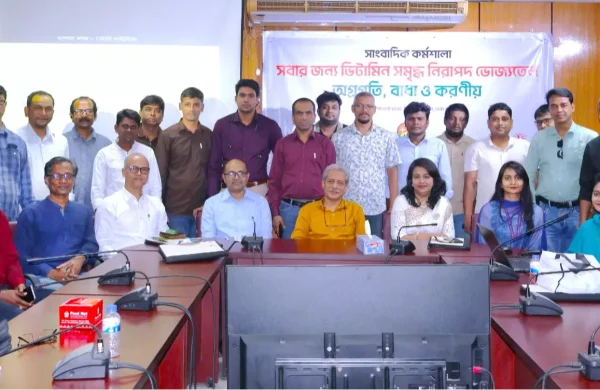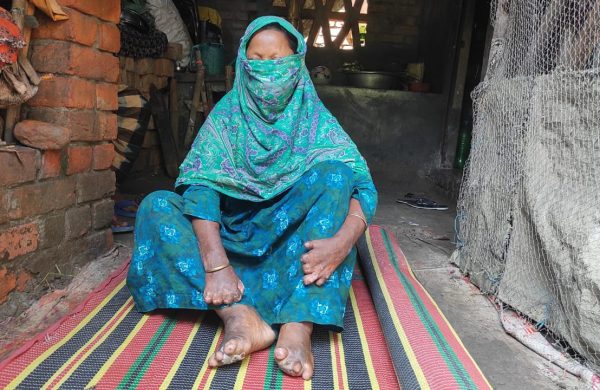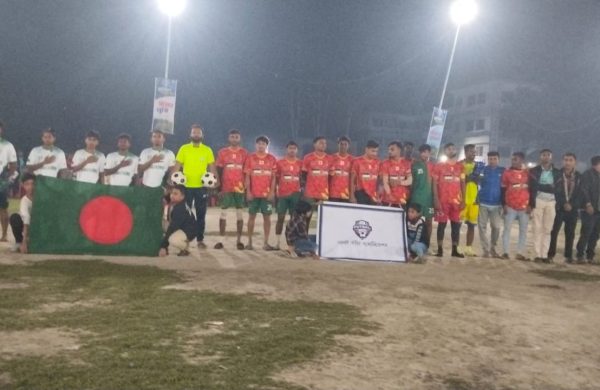HMPV: A global growing concern
- Update Time : Saturday, January 4, 2025

TDS Desk
Five years after COVID-19 first emerged in China, attention is now shifting to another concerning virus: Human Metapneumovirus (HMPV).
Cases of HMPV have risen significantly in China, particularly among children under 14 in the northern provinces.
Social media videos reveal overwhelmed medical facilities, with long lines for pediatric care and parents carrying sick children late into the night.
These scenes have sparked speculation about a potential global spread or a public health emergency reminiscent of the early days of the COVID-19 outbreak in Wuhan. Despite these concerns, China has yet to officially declare HMPV an epidemic.
HOW DANGEROUS IS HMPV?
Human Metapneumovirus (HMPV) has an incubation period of three to five days. The immune response triggered by HMPV does not prevent recurrent infections.
According to the CDC, the virus is present year-round but is most prevalent during winter and spring. For individuals with underlying health conditions, HMPV can be life-threatening.
A 2021 article in The Lancet Global Health reported that HMPV caused fatalities in 1% of children under five who suffered from acute lower respiratory infections.
WHO IS MOST AT RISK?
HMPV primarily affects children, the elderly, and immunocompromised individuals. Common symptoms include coughing, fever, nasal congestion, and wheezing.
In severe cases, the virus can lead to bronchitis or pneumonia. While a history of lung diseases such as asthma, COPD, or emphysema does not increase the risk of contracting HMPV, it can worsen symptoms once infected.
Similarly, individuals with weakened immune systems—such as those undergoing chemotherapy or organ transplant recipients—are more vulnerable to severe outcomes.
In extreme cases, physicians may perform a bronchoscopy. This involves inserting a small, flexible camera into the lungs to collect fluid samples, which are then analyzed for viral infections.
STEPS TAKEN SO FAR
WHO BULLETIN
The World Health Organization (WHO) highlighted the rise in respiratory infections in a November bulletin, noting an upward trend since October.
Monitoring System: China’s National Disease Control and Prevention Administration has launched a pilot system to monitor and manage pneumonia of unknown origin, enhancing its capacity to track and respond to winter-related respiratory infections.
REPORTING PROTOCOLS
Protocols for laboratory reporting and case verification have been established to streamline diagnosis and response.
CDC Recommendations: The CDC has issued guidelines emphasizing preventive measures, including wearing masks in crowded areas, practicing social distancing, frequent handwashing, and avoiding densely populated spaces.
Hygiene and Lifestyle Guidance: Authorities advise maintaining good hygiene, ensuring proper indoor ventilation, and adopting a healthy lifestyle to reduce risks.
Laboratory and Agency Collaboration: A framework has been set up by China’s National Disease Control and Prevention Administration for laboratories to report cases and for disease control agencies to verify and manage them effectively.
PREVENTION
Authorities recommend wearing face masks and frequently washing hands to minimize the risk of infection. Human Metapneumovirus (HMPV) is classified as an RNA virus within the Pneumoviridae family and the Metapneumovirus genus.
It was first identified in 2001 by Dutch researchers studying infants with respiratory illnesses. Research shows that HMPV has been present for over six decades and has become a widespread respiratory pathogen globally.
The virus is primarily transmitted through droplets released during coughing and sneezing. Additionally, close contact with infected individuals or exposure to contaminated surfaces can facilitate its spread.
TREATMENT
Currently, there is no vaccine for HMPV, and treatment focuses on relieving symptoms. Over-the-counter medications such as acetaminophen or ibuprofen can help reduce fever and alleviate pain, while decongestants may relieve nasal congestion.
Patients with pre-existing respiratory conditions like COPD, asthma, or pulmonary fibrosis might experience more severe symptoms, requiring targeted medication to manage wheezing and coughing.
A respiratory expert from a Shanghai hospital has cautioned against indiscriminate use of antiviral drugs for HMPV, emphasizing that the virus mimics common cold symptoms but lacks a specific antiviral treatment.
REGIONAL AND GLOBAL IMPLICATIONS
Although social media reports have highlighted overwhelmed hospitals, official sources suggest the situation is under control. The WHO has emphasized the importance of transparent data-sharing, while Chinese authorities defend their approach to managing the surge.
In Bangladesh, HMPV was documented in a 2001 study, revealing that 33.3% of children under 13 were affected.
However, health authorities such as the Directorate General of Health Services (DGHS) and the Institute of Epidemiology Disease Control and Research (IEDCR) have not issued any recent statements about the virus.
As 2025 begins, the question remains whether HMPV infections will escalate globally or in Bangladesh. For now, additional data and official declarations will be crucial in assessing its potential impact.



















